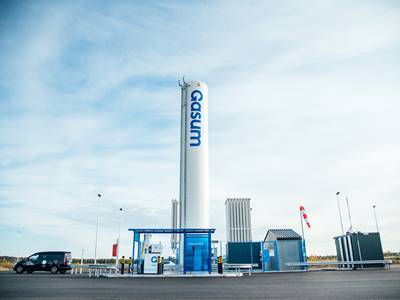Service Stations in the World with
Ethanol E85 in the World in

The European Union has implemented directives such as 2018/2001 or 2014/94/UE, whose purpose is to promote energy from renewable sources. These renewable sources include ethanol, since it comes from agricultural sources. It is estimated that the use of biofuels can reduce greenhouse gas emissions by up to 68% in the case of first generation biofuels, and even higher percentages in the case of second generation fuels.
Biofuels can be a good alternative. These are renewable and sustainable fuels, which pollute less and are also affordable. The use of ethanol does not represent a great change with respect to traditional fuels. It does not require an investment in infrastructure for its distribution since you can continue using a common gas station or traditional means of distribution.
Vehicles must be adapted to this type of fuel, but this should not pose any problem on a technical level. FFV (flex-fuel vehicle) vehicles already exist, adapted to run on up to 100% bioethanol. One drawback is autonomy. One ton of bioethanol is equivalent to 0.64 tons of oil equivalent [3]. Diesel, on the other hand, is equivalent to 1.01 toe, and gasoline 1.07 toe. Bioethanol is therefore less efficient. However, the total balance is positive.
The results obtained show that biofuels are a good alternative to traditional fuels, since they reduce emissions and the dependence on foreign countries to obtain crude oil. But for this alternative to be real, one should try to ensure that all the raw material is produced locally, as this would really reduce dependence on foreign countries, and at the same time promote the rural economy.




































